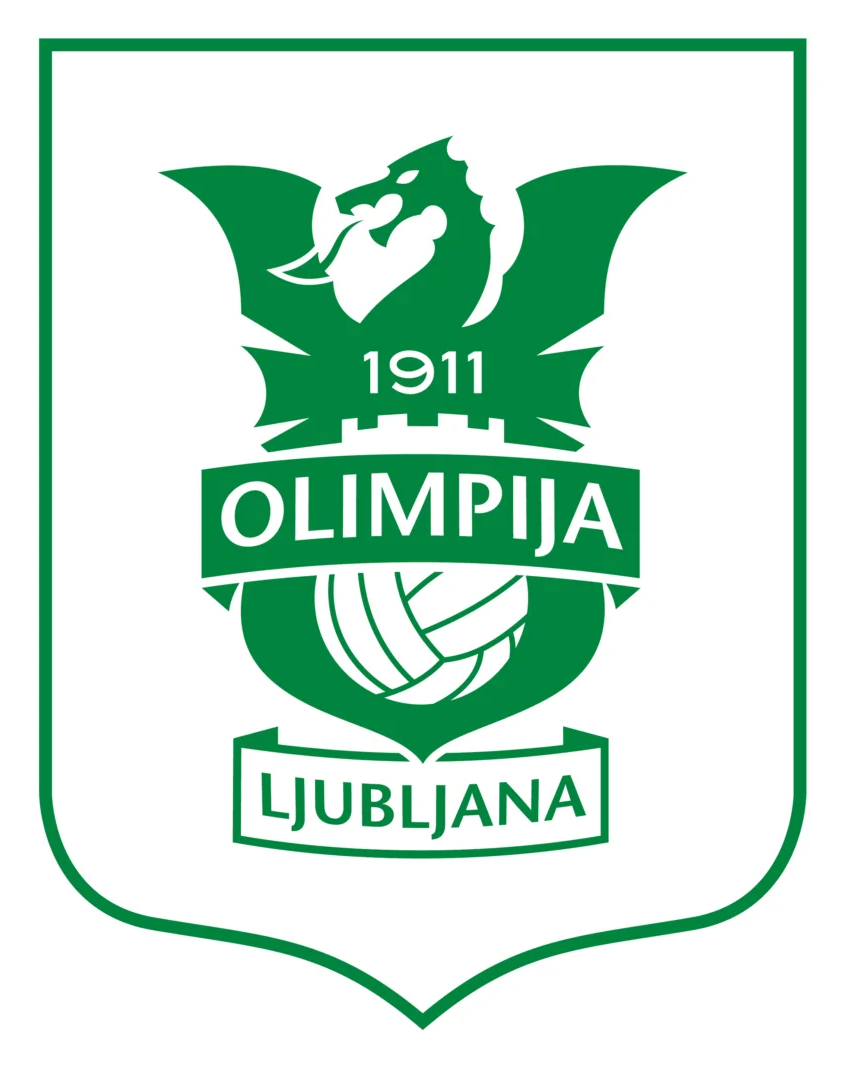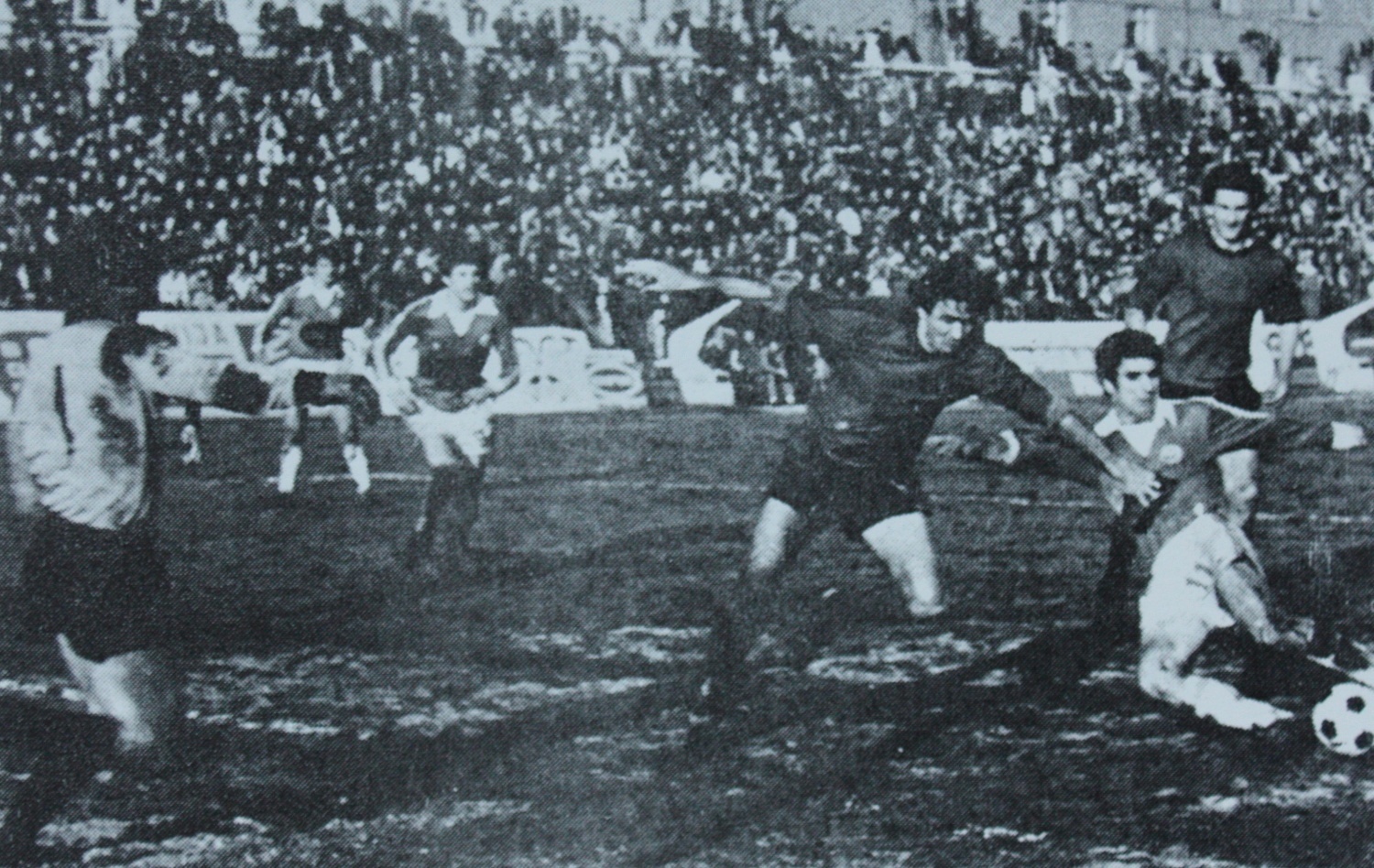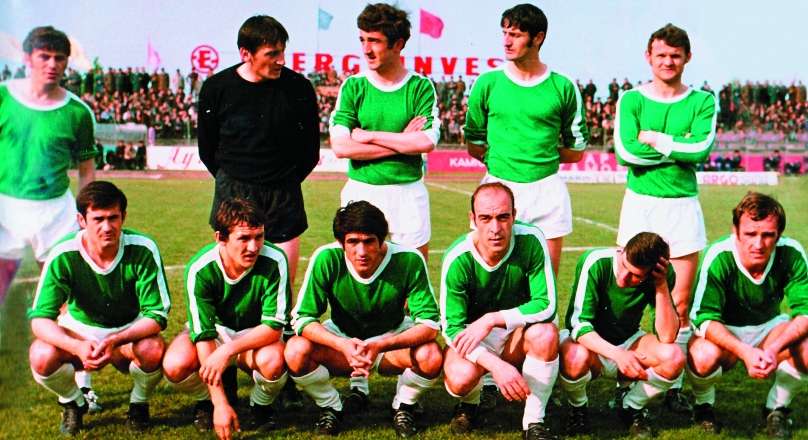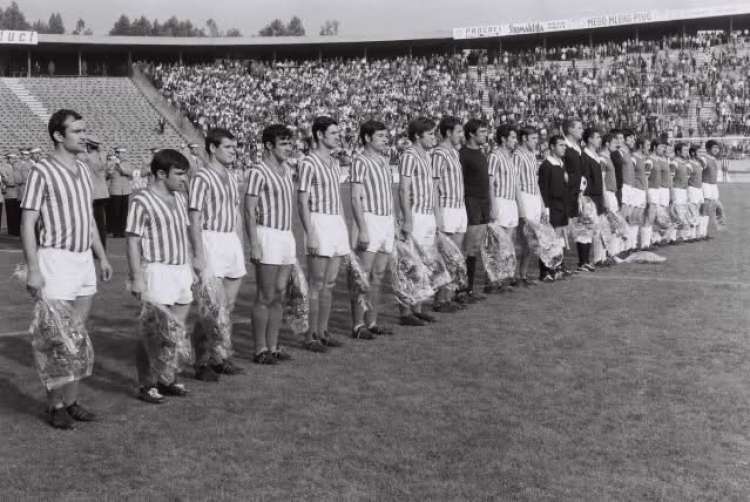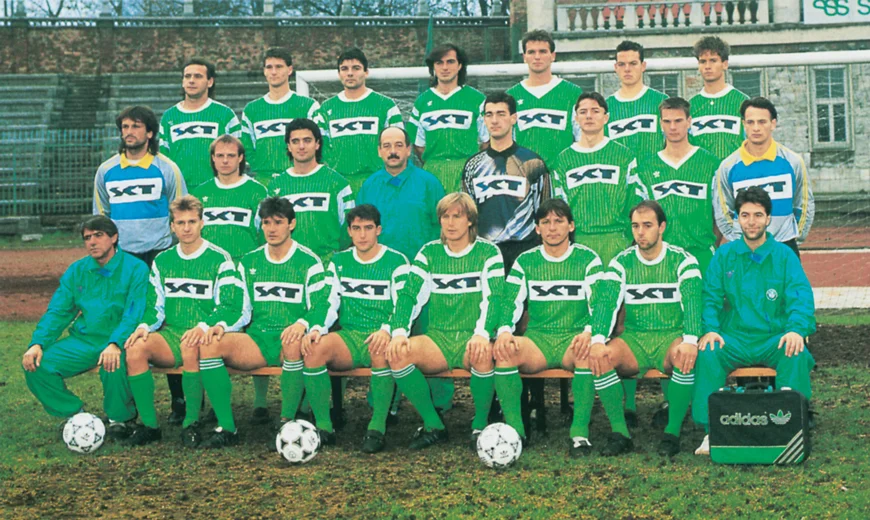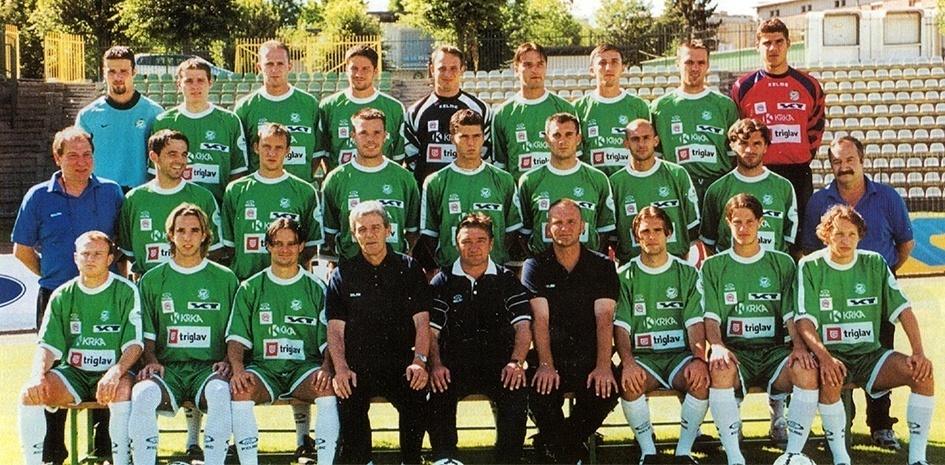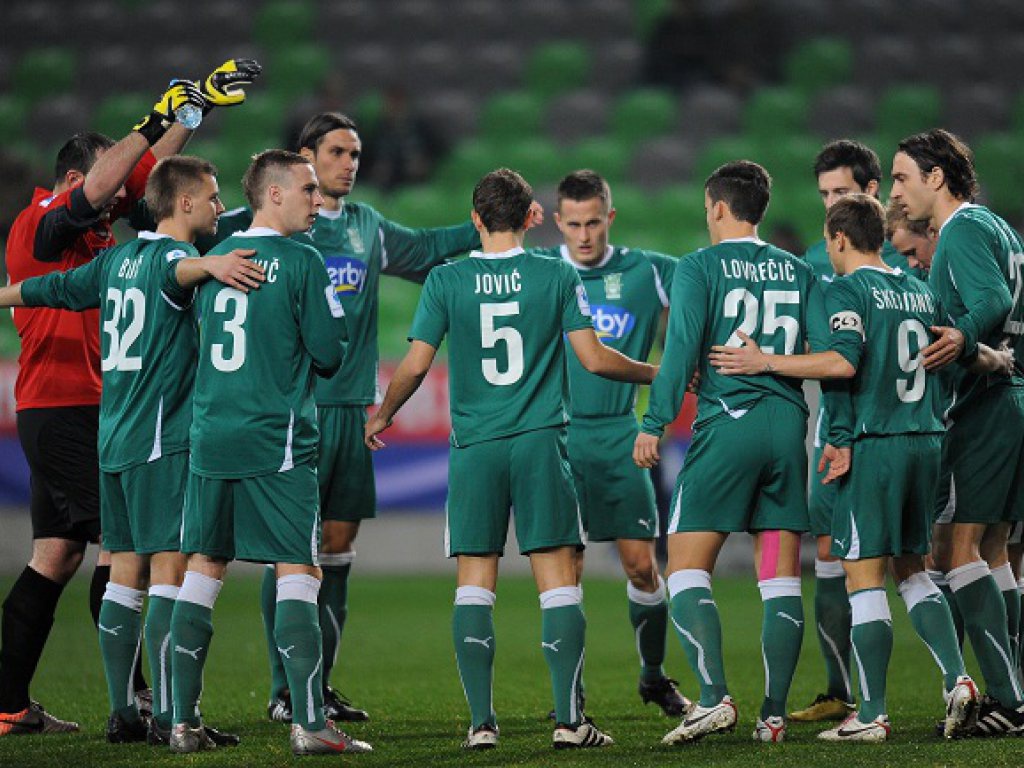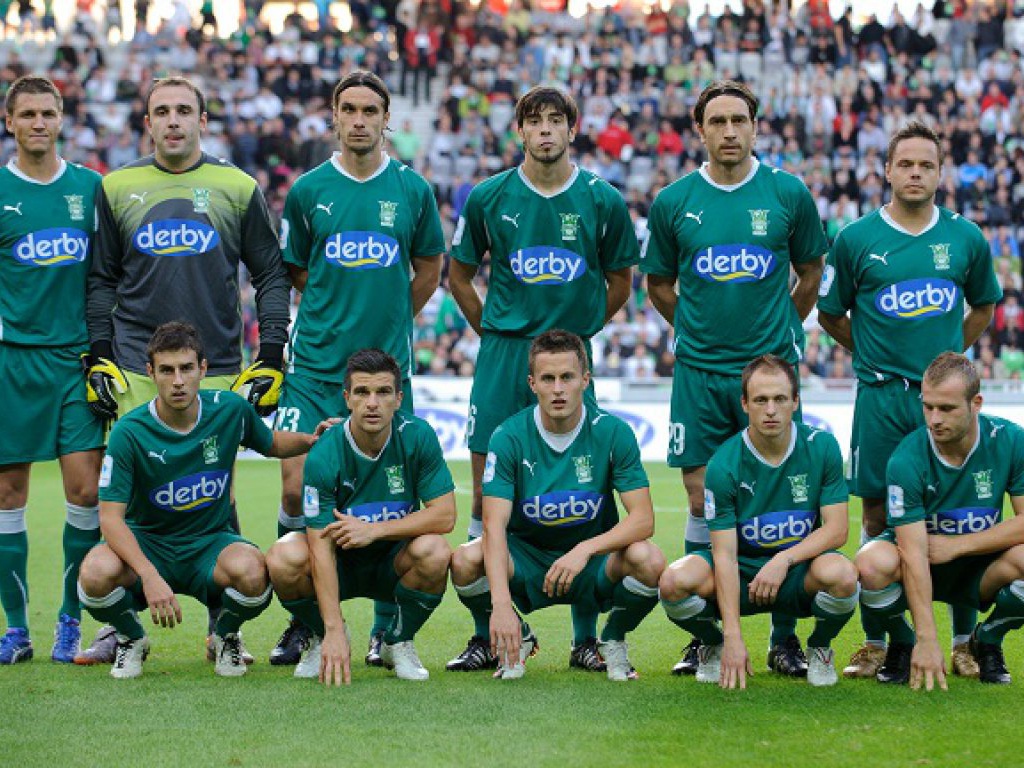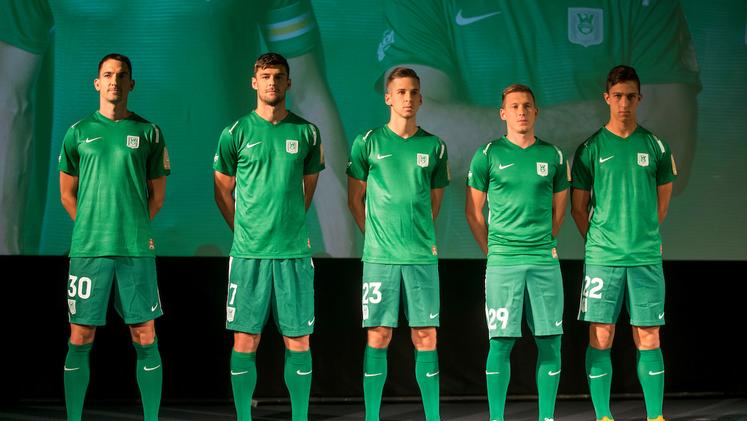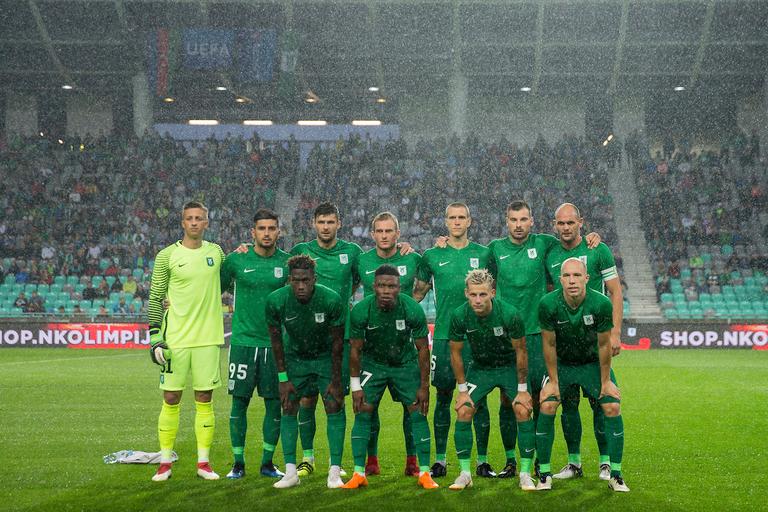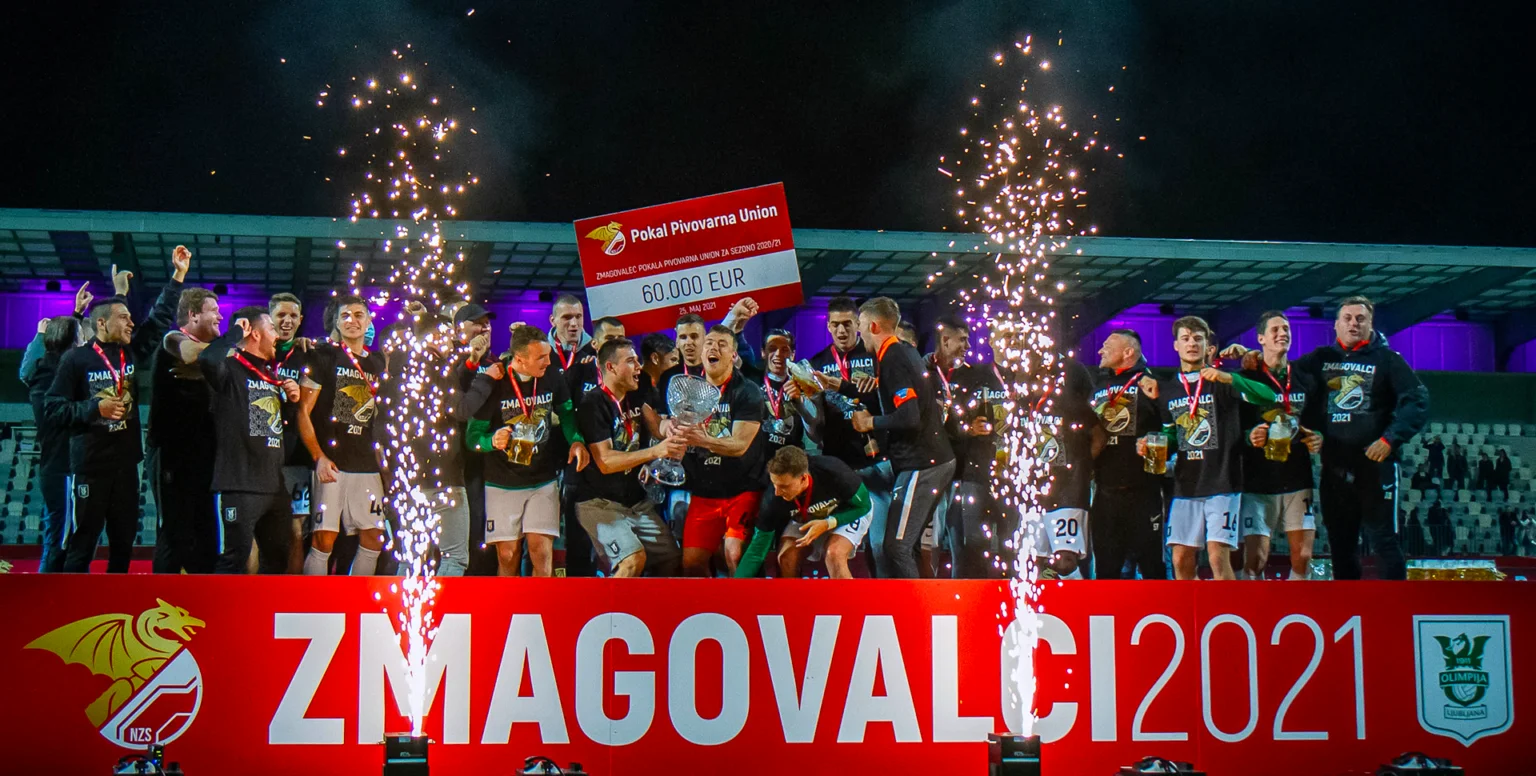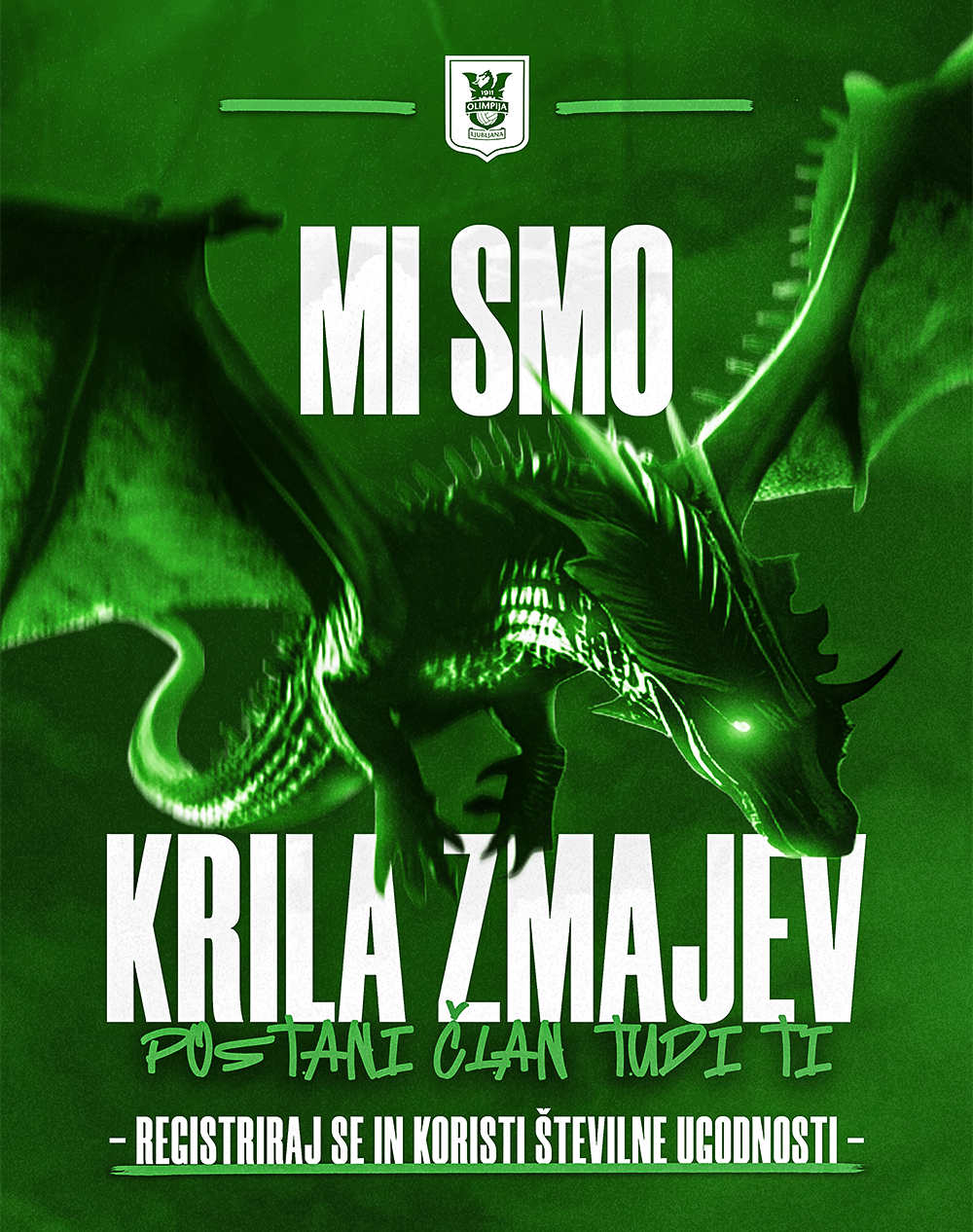Begginings before World War I.
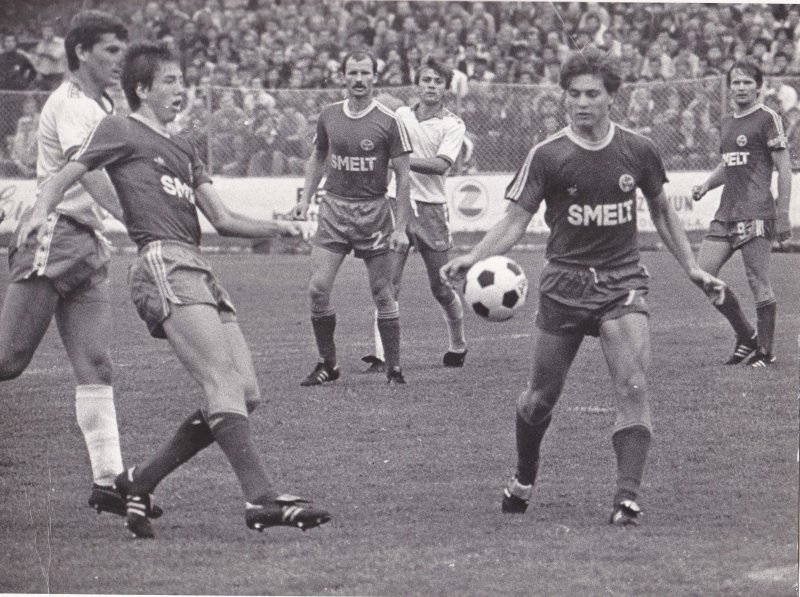
Back on 9 May 1911, the initiators and later the founders of the Ilirija football club met in the Roža restaurant at the Židovska ulica street in Ljubljana. Ilirija is the predecessor of the Olimpija football club. Dr. Ivan Lah, the trader Rohrmann, back clerks Dev, Est, and Kandare, Mencinger, Jurman, Berce, and Cerk were present, and Albin Kandare was elected as the first president.
1911 – 1918
The footballers started playing at the pitch where the Union Brewery stands today, and later they moved to the Ilirija stadium. Their first match against Hermes, the high school club from Ljubljana, ended in a sweeping defeat by 0:18, and the leadership of the club quickly realized that they would need strong reinforcements if they want to successfully play against other clubs (from Croatia, Austria). The solution came in the form of Hermes players, so Ilirija started recruiting individual Hermes players into their team, and soon the entire team played for Ilirija. The integration of these two clubs ended in 1913. That year, more accurately on 5 August 1913, Iliraja hosted the Slavija football club from Prague, which was very important, since this was Ilirija’s first match against a professional team. After the game, Slavija lent their coach, Jirkovski, to Ilirija. The coach stayed in Ljubljana and infused a much-needed dose of professionalism to the team. Until the begging of World War I, two clubs were active in Ljubljana, FC Ilirija and FC Slovan, and football life was completely silent during the war.
